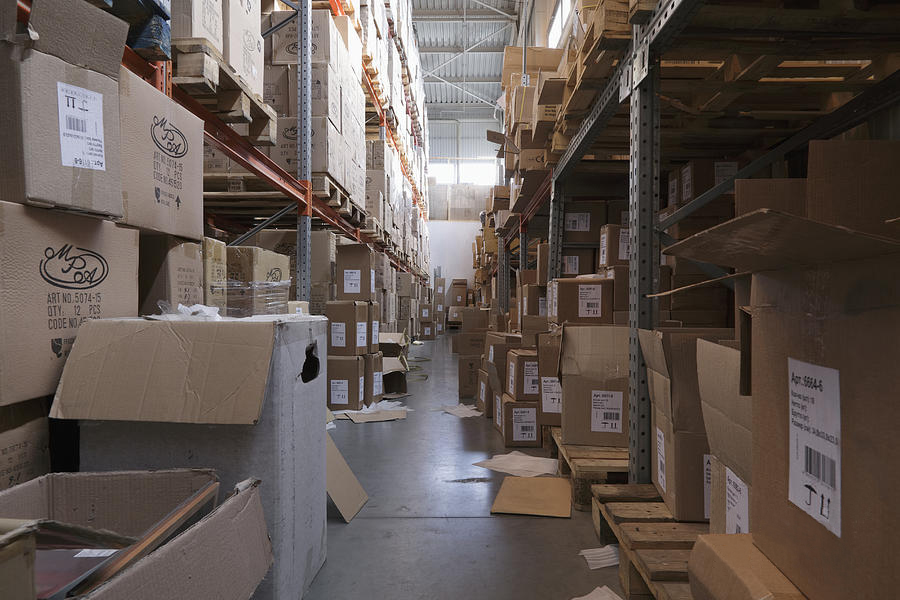
Legacy IT systems in warehouses present a number of challenges in keeping pace with the rapid change generated by the growth of online shopping:
Implementing middleware software solutions that act as a bridge between legacy and new warehouse software are an effective way of streamlining warehouse operations and enhancing efficiency and throughput. They come without the disruption and potentially high expense of implementing a new system and can support phased modernisation.
The impact of AI in this space is starting to be felt. AI supported platforms can be seamlessly integrated with existing legacy IT systems to enhance functionality and extend their operational life without the need for full replacement.
For those facing the challenges of legacy warehouse IT systems, the integration of AI and modern warehouse software offers a practical and cost-effective solution in breathing new life into aging infrastructure and equipping it to meet today’s ecommerce demands. It’s also becoming much more of an everyday reality. Breathe Technologies are well established on our AI journey, and in our experience, it has much to contribute in unlocking the ability of warehouse operations to excel. Find out more about how our Orquestr8 software platform can connect your physical and digital systems.